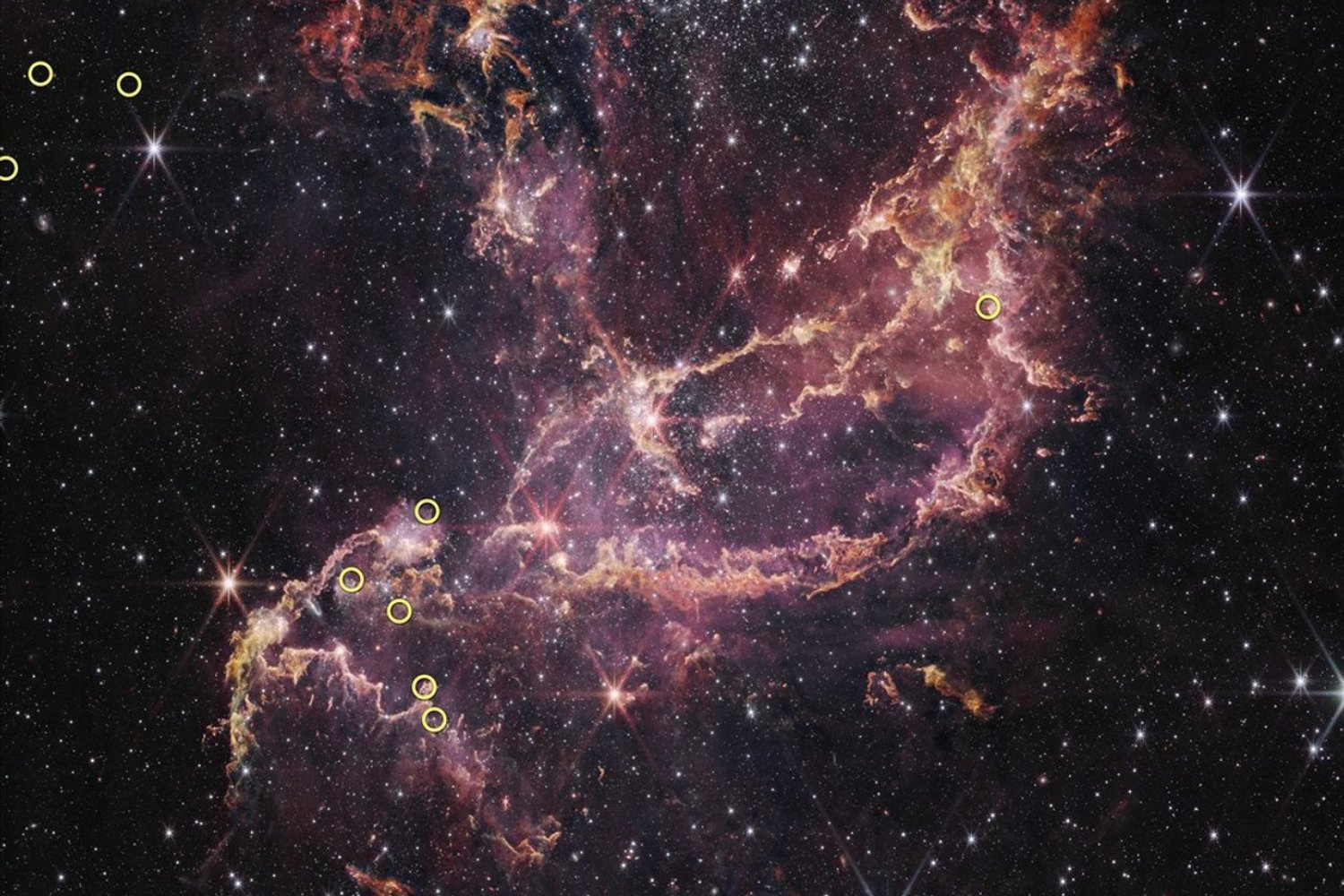Webb Telescope Solves a 20-Year-Old Planetary Mystery Sparked by Hubble
How planets evolve into the diversity of worlds we see in our universe remains one of the most pressing questions for scientists unpacking how we got here and where we’re going.
Now, a group of scientists used Webb Space Telescope data to solve a mystery raised by a veteran space telescope over 20 years ago, which shook up what planetary scientists knew about how the earliest worlds took shape from the cosmic ether.
In 2003, the Hubble Space Telescope detected what appeared to be the oldest known planet, a massive world clocking in at about 13 billion years old. The discovery raised questions about how such worlds were born when their host stars were similarly young, and only contained small amounts of heavier elements—a crucial ingredient in planet formation as we know it.
In the new research, a team used the Webb telescope—a state-of-the-art space observatory capable of observing some of the earliest detectable light—to study stars in a nearby galaxy that are similarly lacking in heavy elements. Those stars, the team found, have planet-forming disks, and those disks are older than those around young stars in our own galaxy.
“With Webb, we have a really strong confirmation of what we saw with Hubble, and we must rethink how we model planet formation and early evolution in the young universe,” said Guido De Marchi, a researcher at the European Space Research and Technology Centre and lead author of the study, in a NASA release.
In the new study, published in The Astrophysical Journal earlier this month, the team observed stars in NGC 346, a star-forming cluster in the Small Magellanic Cloud. The stars ranged in mass from about 0.9 times the mass of our Sun to 1.8 times our host star’s mass.
The team found that even the oldest stars they looked at are still accreting gas, and that the stars appeared to have disks around them. This affirmed Hubble observations from the mid-2000s, which revealed stars tens of millions of years old that retained planet-forming disks—which were generally thought to dissipate after a few million years.
In sum, the team wrote in the paper that the findings “suggest that in a low-metallicity environment, circumstellar disks can live longer than previously thought.”

The researchers believe the disks could stick around for a couple of reasons. One possibility is that the lack of heavy elements actually benefits the disks, allowing them to better withstand the star’s radiation pressure, which would otherwise blow them away quickly. Another possibility is that Sun-like stars form from large gas clouds, which take longer to dissipate simply because they are larger.
“With more matter around the stars, the accretion lasts for a longer time,” said Elena Sabbi, the chief scientist for the National Science Foundation’s Gemini Observatory, part of the foundation’s NOIRLab, in the same release. “The disks take ten times longer to disappear. This has implications for how you form a planet, and the type of system architecture that you can have in these different environments. This is so exciting.”
The team used the Webb Space Telescope’s Near-Infrared Spectrograph (NIRSpec) instrument to inspect the stars peppered across the Small Magellanic Cloud. Last year, a team of scientists used NIRSpec to see silty clouds on a nearby exoplanet; earlier this year, the instrument was used to detect the first so-called Einstein Zig-Zag in space. Unlike spectrographs at older space observatories, Webb’s NIRSpec can observe 100 targets simultaneously, accelerating the rate of data collection and, by proxy, discovery.
Looking at star-forming regions both ancient and young can help clarify the origins of our own solar system, which is about 4.6 billion years old.







